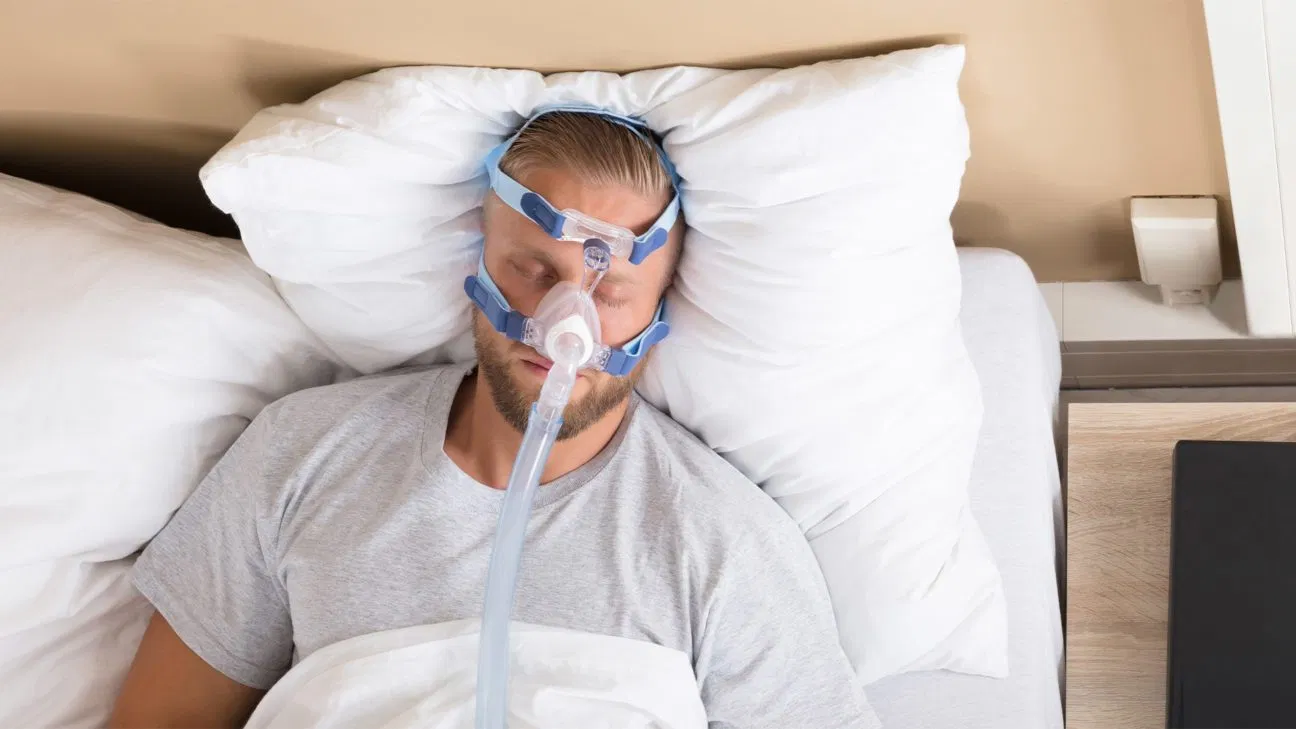
Treating sleep apnea, like treating many diseases, starts with lifestyle and behavioral modifications. For most OSA sufferers, this includes working toward a healthy body weight. Weight loss reduces fatty deposits in the neck and tongue which can contribute to restricted airflow. This also reduces abdominal fat, which in turn increases lung volume and improves airway traction, making the airway less likely to collapse during sleep.
Losing weight can also significantly reduce many OSA related symptoms, such as daytime sleepiness. Irritability and other neuropsychiatric dysfunctions markedly improve as well. There is an overall improvement in cardiovascular health, high blood pressure, insulin resistance, type 2 diabetes, and in particular quality of life. Weight loss of just 10-15% can reduce the severity of OSA by 50% in moderately obese patients. Unfortunately, while weight loss can provide meaningful improvements in OSA, it usually does not lead to a complete cure, and many sleep apnea patients need additional therapies.
Best Weight Loss Methods in DHF to Help With OSA?
With several options for losing weight, many OSA patients want to know which one is best for sleep apnea. Some of the best weight loss methods DHF offers are:
Doctors usually prescribe dietary and exercise interventions as a first-line treatment for obesity. Obese patients who are unlikely or unable to achieve adequate weight loss through behavior modifications may consider pharmacological or surgical interventions. There is evidence that behavioral modification is just as effective as certain weight-loss surgeries in improving OSA. Encouragingly, exercise alone can modestly improve the severity of OSA, even without significant weight loss.
Regardless of technique, OSA improvement is proportional to the amount of weight lost. Therefore, patients should discuss with their doctor which weight loss strategy is best-suited to their personal circumstances, overall health, and their OSA severity.





